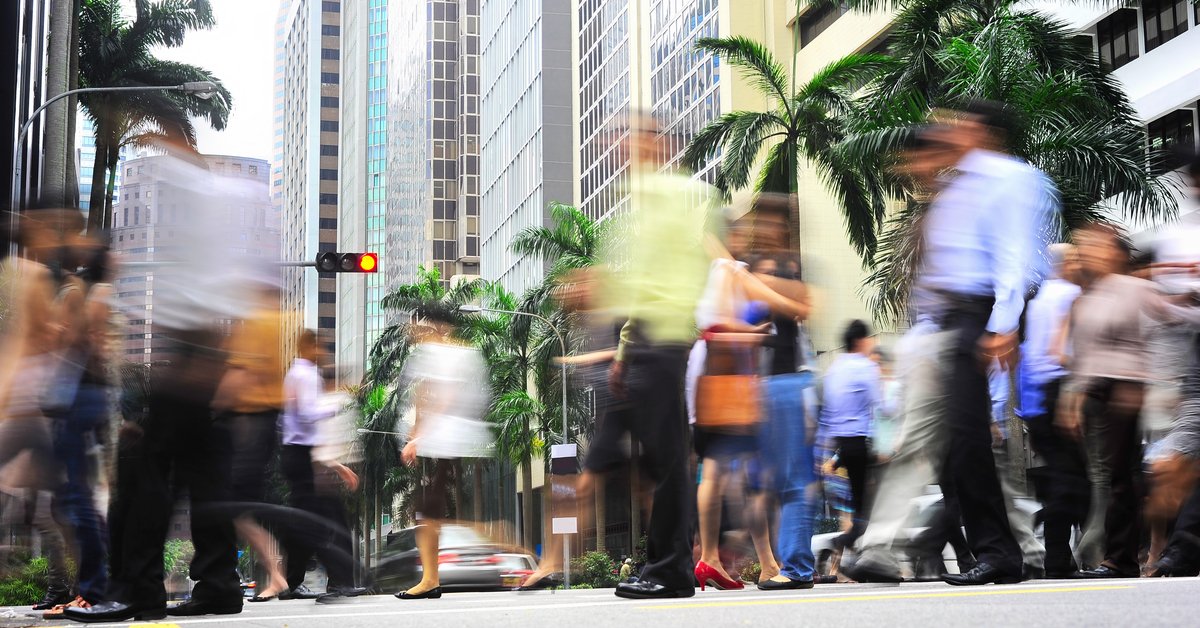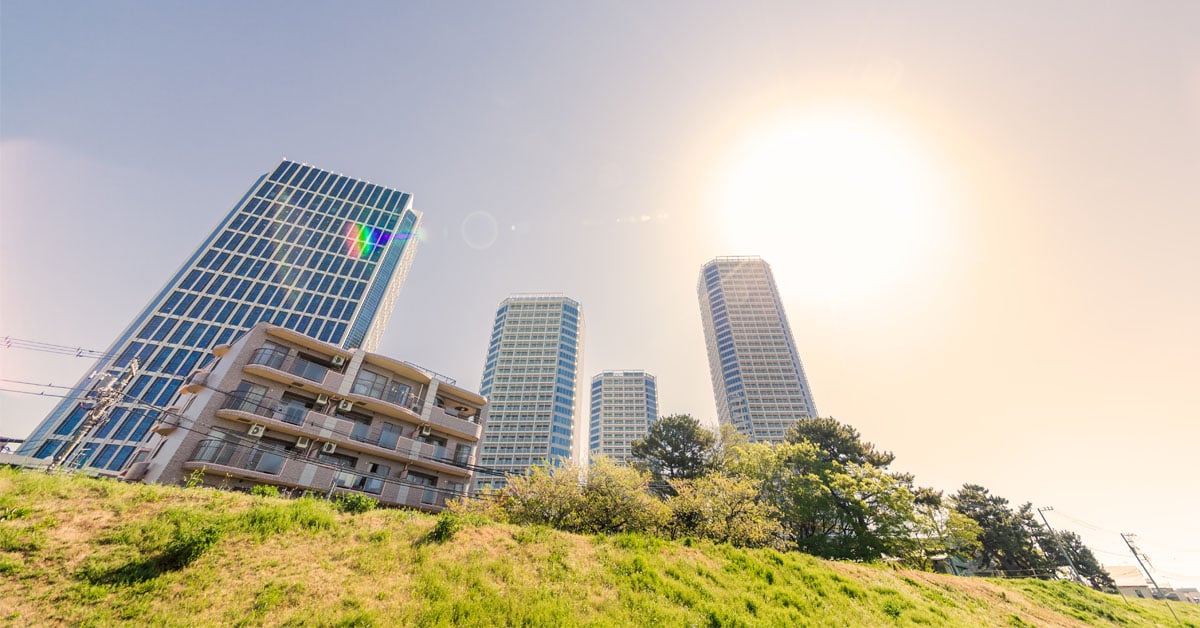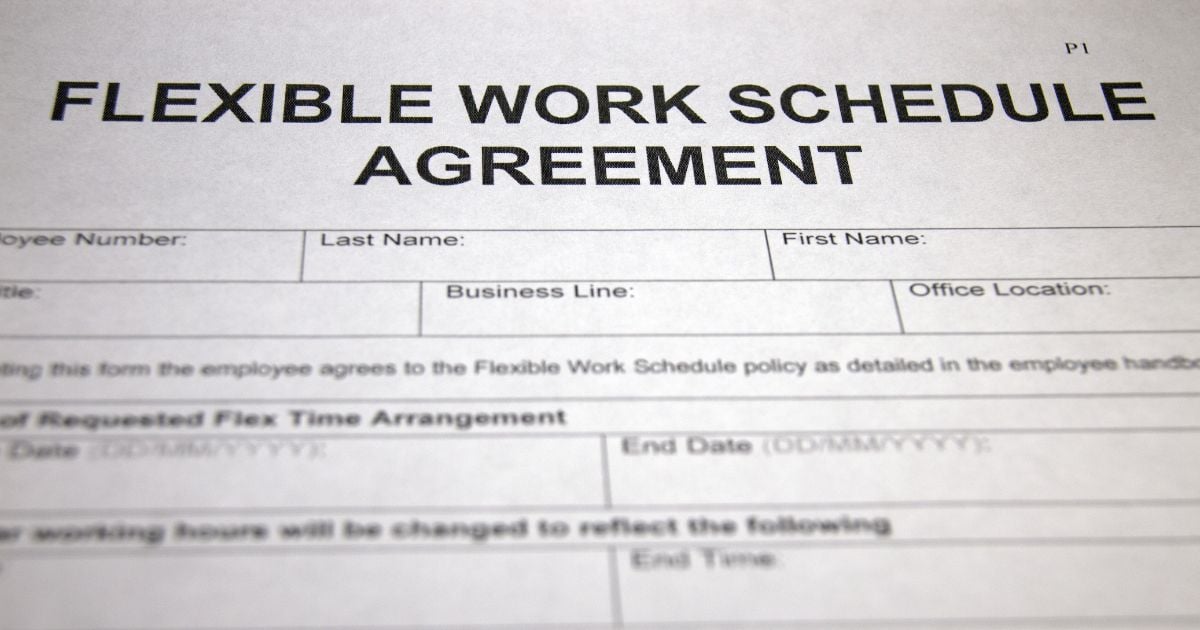The COVID-19 has certainly taken a toll on the nation.
Lockdowns. Restrictions. Social distancing. Life is certainly different from just two years ago.
And yet, it appears that the pandemic has resulted in more than just that.
It has also caused a dip in the entire resident population.
S’pore’s Resident Population Drops for the First Time Since Data Was Collected
Lest you’re unaware, the Government first started collating data on Singapore’s resident population (comprising Singapore citizens and PRs) in 1970.
Since then, it has always increased, up till 4.04 million in 2020.
But 2021 is an entirely different story.
For the first time in 51 years, Singapore’s resident population has dipped.
It has fallen by 1.4 per cent to 3.99 million. The figure was determined in June 2021.
The result has also contributed to a decrease in total population here… for the second year running.
To be exact, it fell by 4.1 per cent this year, up from 0.3 per cent in June 2020. It’s now at 5.45 million, down from 5.69 million in June 2020.
It should be noted, however, that the resident population had shrunk primarily because of the COVID-19 situation: more citizens and permanent residents have been forced to remain overseas for 12 months or more due to travel restrictions.
These individuals were not included within Singapore’s population.
As a result, the citizen population had fallen by 0.7 per cent to 3.5 million, and the PR population dropped by 6.2 per cent to 490,000.
At the same time, the dip in the non-resident population can be attributed to a fall in foreign employment. Again, this can be traced back to pandemic-related travel restrictions, as well as an unstable economic climate.
The number fell to 1.47 million, 10.7 per cent lower than before.
“Travel restrictions during the pandemic was the main factor affecting the size of the (citizen) and PR population in 2021, as more (citizens) and PRs were staying overseas continuously for 12 months or more, who therefore were not counted as part of the resident population,” the National Population and Talent Division, which is responsible for the annual Population in Brief report, said.
There were also fewer citizenship and PR applications granted.
“For example, safe management measures resulted in limited slots to complete the final steps for PR and citizenship registration, which must be done in-person,” they said.
“As a result, some applicants who were approved in-principle had not completed all the required processes to be granted their permanent residency or citizenship by end-2020.”
Other Statistics
Meanwhile, there were also fewer citizen births and marriages in 2020.
There were 31,816 babies born to at least a citizen parent in 2020, down 1,028 from the year before.
At the same time, there were 19,430 marriages involving at least one citizen, down from 22,165 in 2019.
Singapore’s citizen population is also facing ageing problems, with 17.6% of citizens aged 65 and older.
In comparison, just 16.8 per cent was 65 and older a year ago.
It was 10.4 per cent in 2011. It has been estimated to grow to 23.8 by 2030.
Read Also:
- 10 Facts About BooksActually, The Bookstore That Everyone is Talking About Now
- Chee Soon Juan’s SDP Coming Out With ‘8-Point Exit Strategy’ to Tackle COVID-19
Featured Image: joyfull / Shutterstock.com





